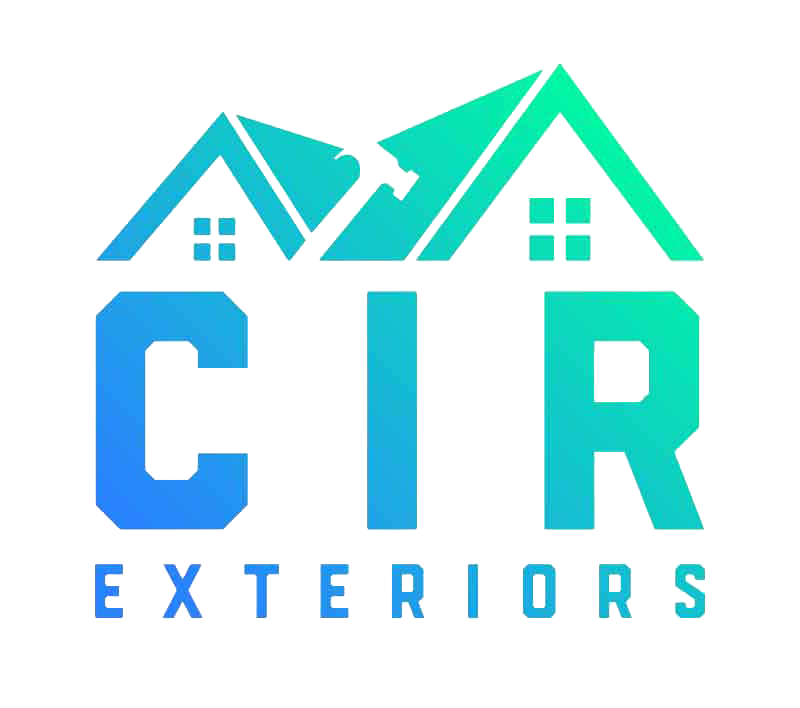- Jon Hickox
- November 23, 2015
Energy-Efficient Home: Whole-House System Approach
Energy-efficiency is one of the growing trends in the construction industry today. Who wouldn’t want an energy-efficient house? You pay lower monthly bills while helping preserve what’s left of the environment. It certainly is a great direction. So, if you are headed that way, then make sure that you use the whole-house systems approach. This will help you and your contractor develop solutions that will definitely optimize the energy-efficiency of your house.
What is whole-house systems approach?
In simplest terms, this is an approach where every aspect of the house that has to do with energy-efficiency is taken into consideration to ensure that nothing affects it entire performance. The house is likened to the human body. It is a system made of different parts with different functions, but all work for one purpose – optimum functioning. So, when one part is working poorly, it affects the entire system.
Take for example your use of the air conditioning unit during the warmer months. If the air duct system has no leaks, your door and windows close tightly, and your walls and vinyl siding in Fairfax, VA are intact, then the cool air will not have any exit point. Your air conditioner will therefore not have to work harder and can be adjusted to a lower setting. As a result, you pay lower electricity bills.
How is the whole-house systems approach done?
A number of computer simulated processes will be performed by your home contractors to check on several variables, which include:
• Condition of the site
• Local climate
• Windows and doors, sidings, foundations, floors, walls,
• Ventilation and air leaks
• Appliances and other electronics
• Heating and cooling systems
• Lighting and water usage
• Behavioral aspects of occupants (including energy-saving practices if any)
Benefits of this approach
When every variable that has something to do with energy-efficiency is dealt with, then homeowners will certainly enjoy several benefits such as reduced monthly bills, enhanced comfort, improved safety and overall performance of the house, and increased long-term value of the house.
Let professional contractors do the job
The whole-house systems approach to energy efficiency entails a lot of processes that need to be done carefully and correctly with the proper tools. Thus, this is best left to the expertise of home contractors. This being said, those in Virginia can definitely rely on the products and services of Colonial Remodeling. We utilize the whole-house systems approach to ensure that every aspect of your home is inspected closely and that the necessary solutions are rendered.
We perform Hardie® siding installation in Alexandria, VA using HardieTrim® that leaves no gaps or cracks on your walls and offers durability that can withstand harsh weather conditions. HardieTrim® can be combined with any of the siding options that Colonial Remodeling offers for a stylish yet effective siding.
So, if you are planning on doing some home renovation projects on your existing house to make it more energy-efficient, make sure to give Colonial Remodeling a call at 703-534-0800. We will not only utilize the whole-house systems approach but will also provide high quality products and services to complete the package!
Recent Blog Posts
- Jon Hickox
- December 28, 2021
- Jon Hickox
- November 22, 2021
- Jon Hickox
- October 18, 2021
- Jon Hickox
- September 21, 2021
- Surefire Social Admin
- August 16, 2021
- Surefire Social Admin
- June 15, 2021
- Surefire Social Admin
- May 15, 2021
- Surefire Social Admin
- April 15, 2021
- Surefire Social Admin
- March 15, 2021
- Surefire Social Admin
- February 10, 2021





